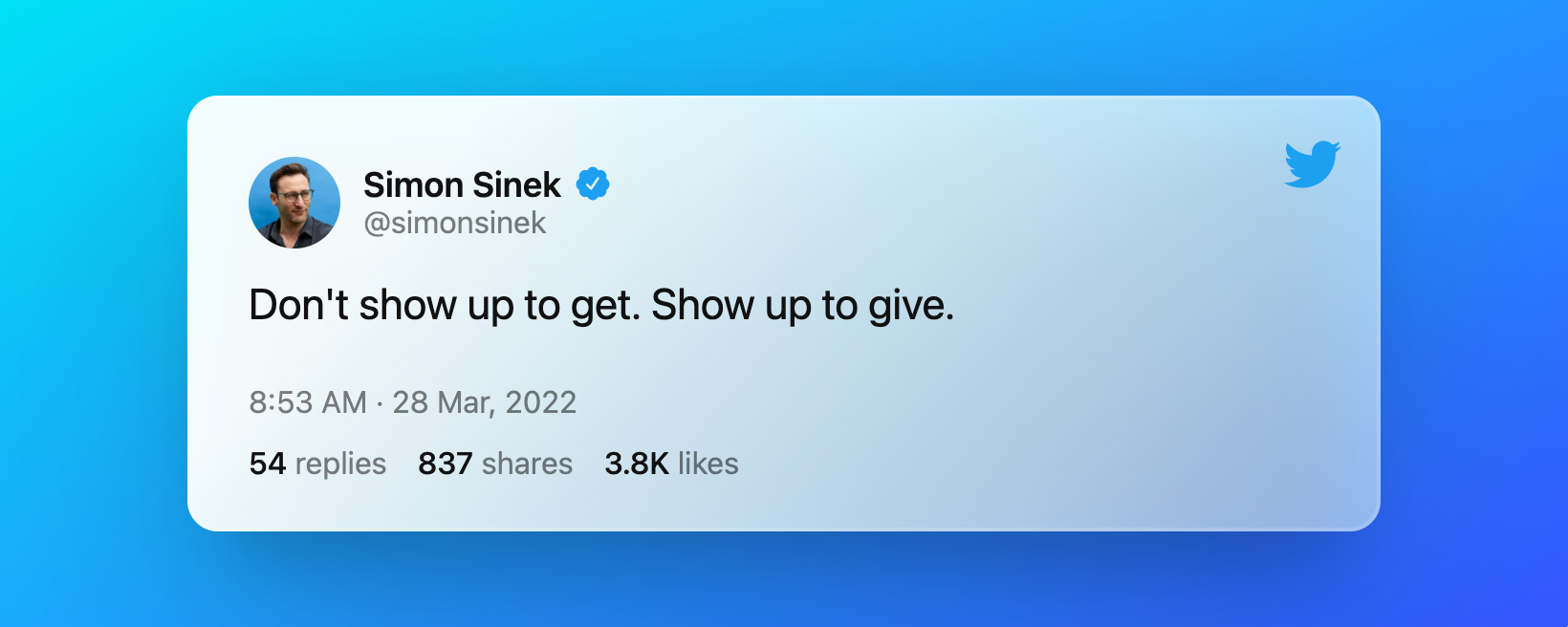🔋 The power of first principles publishing
Sometimes it can feel like you need to get everything right in order for your business or project to work at all. Thankfully, you don't. When you're first getting started, very few things really matter — and here's a peek at what those are.
💬 In this week's issue:
- SEO principles. What does Google look for when deciding to rank your content?
- Positive escapism. Why the internet might finally be changing for the better.
- Diversification. How creating a "web of value" could save your business.
🔍 How to reliably create Google-friendly content
How do you make sure your pages are seen and ranked online?

Search engines like Google can be a creator's best friend. Once you learn how to make your free content SEO-friendly, every article you write can become a source for new readers and subscribers.
But, a lot more goes into SEO than simply not hiding your writing behind a paywall. One of the best places to start is by learning what Google is looking for in the first place.
- EAT. When deciding whether or not to rank your article, search engines evaluate the expertise (E), authoritativeness (A), and trustworthiness (T) of your content.
- YMYL. Some subjects can have a more drastic impact on readers than others. Sites that cover news, legal, financial, or health information fall under a category called "your money or your life." Google holds this content to a much higher standard.
- Search Intent. Every search has two elements: the what (keyword, question, term, etc.), and the why (the goal of the user — search intent). There are 4 types to be aware of: informational, navigational, transactional, and commercial.
Now, you definitely don't need to become an SEO expert to build a successful newsletter or blog. Instead, commit yourself to learning and applying one new SEO or digital marketing principle per week. If you're consistent, you'll be amazed by how quickly these add up and lead to incredible results.
🗞 Latest tips & stories
- Six newsletter frameworks worth copying
- How to achieve a more transparent social media
- Where the creator economy and web3 overlap
- A look at how TikTok's algorithm works
- Tips for getting started with video content
🐦 Does the rise in demand for positive content threaten Twitter?
Consumers are increasingly leaning towards positive, feel-good content.

For a long-time, negative content drove the most interactions online. This is one of the reasons why platforms like Twitter and Facebook became breeding grounds for misinformation and arguments.
But now, that's changing.
Consumers are increasingly searching for and interacting with feel-good, light-hearted content. Nicknamed "positive escapism," places like TikTok and Pinterest "have seen record growth" for being hubs for this type of material.
So, what's the takeaway here?
- Build for the long-term. What drives clicks (i.e., short-term growth) will always be in flux. Instead, focus on building relationships with an audience you care about and who will stick with you.
- Make great work. Unless you're publishing an anonymous newsletter, your name will be on everything you produce. Make sure you stand by what you send out.
The best thing you can do for your audience is to create what you want to see exist in the world.
🍿 Why Netflix should sell ads
Netflix is, incredibly enough, 24 years old, and a subscription model has served the company well.

Netflix is a model for the power and sustainability of subscription-based businesses. It's grown consistently for over two decades while increasing the quality and quantity of content produced.
But as they reach the upper limits of the number of subscribers they can attract, and how much they charge those customers, it may be a time for a shift in their business model.
Writer Ben Thompson argues that diversification would allow them to gain all the benefits of subscriptions, while also leveraging their audiences, attention, and resources to monetize in other ways.
For independent creators, this strategy looks like forming a web of value where the recurring revenue of memberships act as its center, and complimentary offers (e.g., product sales, sponsors, affiliate recommendations, etc.) branch out — simultaneously giving your readers more value and your business more income.
Although this is more of an advanced strategy, it's also a reminder to every beginner that there are no limits to what you can build.
👀 Curators pick

❤️ Enjoy this newsletter?
Forward to a friend and let them know where they can subscribe (hint: it's here).
Anything else? Hit reply to send us feedback or say hello.
Join an invite-only community! Connect with like-minded people who create content professionally — apply here.






